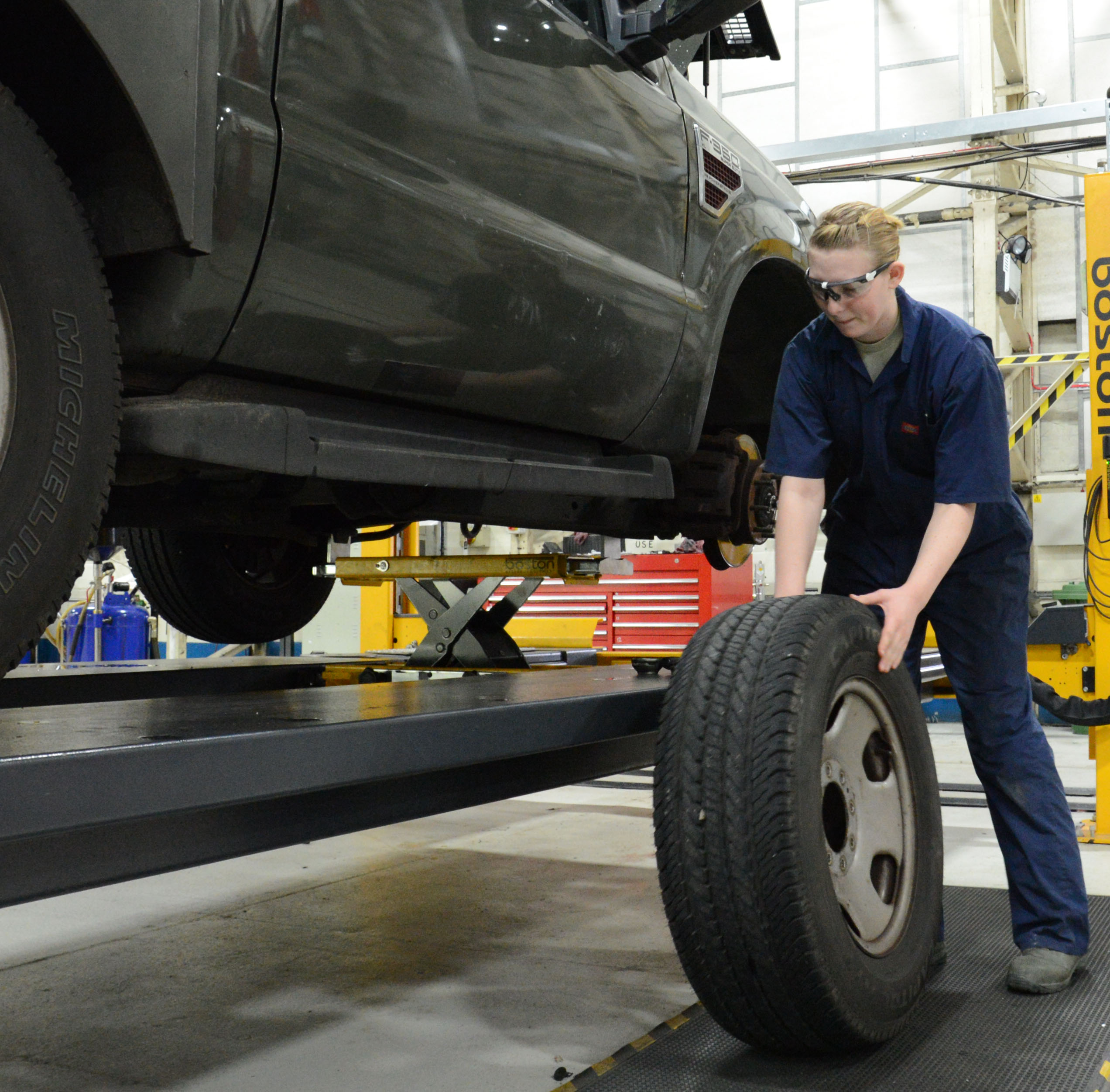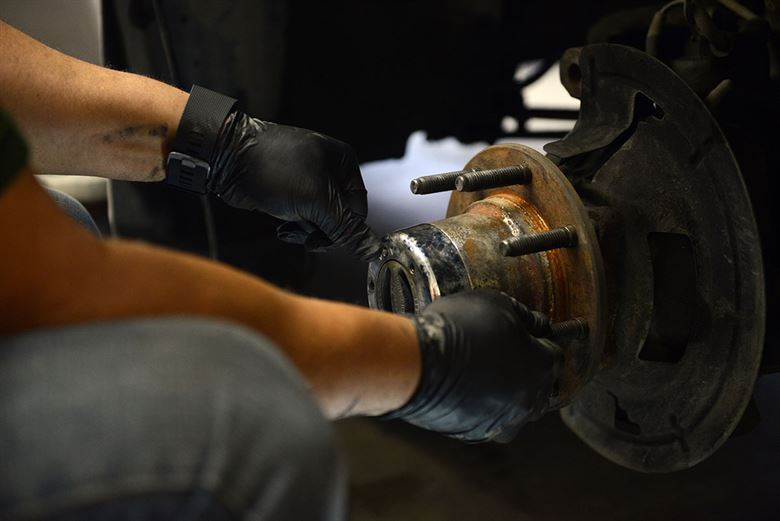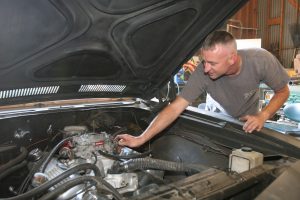How to Perform DIY Car Maintenance: A Guide to Keeping Your Vehicle Running Smoothly
Hey there, fellow car owner! Are you tired of shelling out big bucks for every little maintenance issue that crops up with your vehicle? Well, fret no more! In this handy guide, we’ll walk you through some simple do-it-yourself car maintenance tasks that can save you both time and money. So grab your toolbox and let’s dive in!
1. Checking and Topping Up Engine Oil
One of the most important steps in maintaining your car’s engine is ensuring it has sufficient oil. To check the oil level:
- Park your vehicle on level ground and wait for the engine to cool down.
- Locate the oil dipstick, usually situated near the front of the engine.
- Pull it out, wipe it clean, insert it back into the tube, and pull it out again to check the oil level. If it’s below the recommended level, use a funnel to add the appropriate type and grade of oil.
- Remember, regular oil changes are crucial for optimal engine performance.
2. Changing the Air Filter
A dirty air filter can impede your car’s performance and reduce fuel efficiency. Regularly inspecting and replacing the air filter is an easy task that can be done at home. Locate the air filter housing, usually located near the engine. Open the housing and remove the old filter, taking note of its direction. Insert the new filter, ensure it sits securely in place, and close the housing. Voila! You’ve just improved your car’s airflow and saved yourself a trip to the mechanic.
3. Changing the Spark Plugs
Is your car experiencing rough idling or poor acceleration? It might be time to change the spark plugs. These tiny but mighty components play a crucial role in igniting the fuel-air mixture in your engine. Start by locating the spark plugs, typically connected to thick wires. Remove one wire at a time, using pliers if necessary, and unscrew the old spark plug. Replace it with a new plug, tightening it by hand before using a wrench to ensure a snug fit. Repeat the process for each spark plug, and you’ll be amazed at the difference it can make!
4. Rotating the Tires

Uneven tire wear is a common issue that can affect your car’s handling and fuel efficiency. By rotating your tires regularly, you can ensure they wear evenly, extending their lifespan. Each tire should be moved to a different position, such as swapping the front left tire with the back right tire. It’s as simple as loosening the lug nuts, using a jack to lift the car, removing the tires, and reinstalling them in their new positions. Just make sure to tighten those lug nuts properly before hitting the road!
5. Changing the Brake Pads
Squeaky brakes? It might be time to replace your brake pads. While it may sound intimidating, changing the brake pads can be done at home with the right tools and some patience. Start by removing the wheel and locating the brake calliper. Using a C-clamp, push the calliper piston back into its housing to create enough clearance for the new pads. Remove the old pads and install the new ones. Make sure to follow the manufacturer’s instructions and take your time to do the job right. After reinstalling the calliper and wheel, give your new brake pads a test run and enjoy smooth and silent braking once again.
Congratulations! You’ve just gained some valuable knowledge on DIY car maintenance. By performing these tasks yourself, you can not only save money but also deepen your understanding of your vehicle. Of course, always consult your car’s manual and exercise caution when working under the hood. If you’re unsure about any maintenance task, it’s best to seek professional help. Happy wrenching and here’s to keeping your car running smoothly for years to come!




